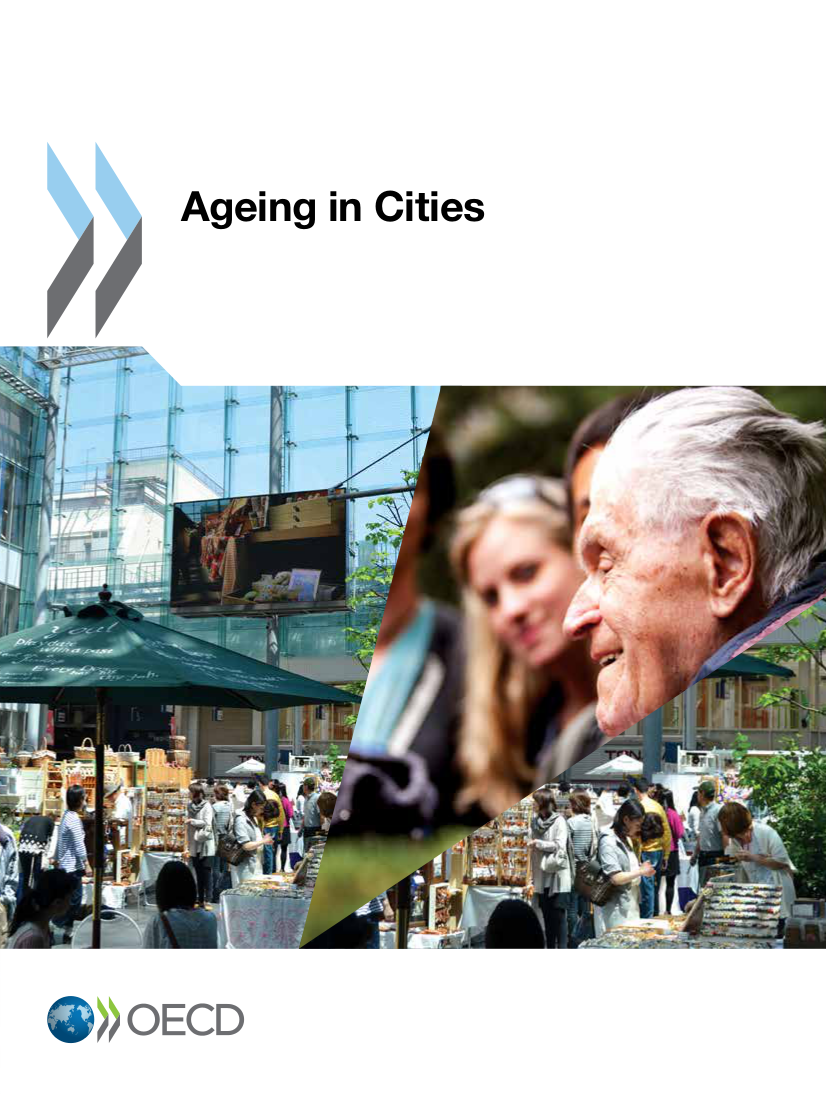 New article describes the innovative co-created approach adopted by Portugal’s most innovative age-friendly initiative: The Cascais Protocol
New article describes the innovative co-created approach adopted by Portugal’s most innovative age-friendly initiative: The Cascais Protocol


 New article describes the innovative co-created approach adopted by Portugal’s most innovative age-friendly initiative: The Cascais Protocol
New article describes the innovative co-created approach adopted by Portugal’s most innovative age-friendly initiative: The Cascais Protocol


A heritage of Roman culture developed by Portuguese during the nineteenth century, the Portuguese pavement is a good example of the potential dilemmas that can arise from age-friendly initiatives. That ancient city technology is not only a smart and eco-friendly solution but also an infinite source of inspiration for artists.
However, when it comes to pedestrian safety, in particular the safety of frail citizens, the Portuguese pavement might not be the most adequate technology available. In fact, it might represent a significant increased risk.
In this video (published in February 2013) IBM presents their view for an “Age-Smart City”:
https://www.youtube.com/watch?v=kDvW8R4BL0I
As usual, the perspective about ageing is pretty narrow. However, the video can be a good starting point for a discussion and brings some interesting examples.

Young-old: Urban Utopias of an Aging Society is the title of the new book(s) published by Deane Simpson. The book explores the impact of population ageing in the making of urban spaces (territories).
Have you ever seen a penguin slip?

OECD new report explores the roles of cities on ageing societies by answering an important question: “How are urban populations ageing?”
One of the main findings on this report is the fact that within OECD metropolitan areas, the older population is growing faster than the total population.
The report also shows that ageing trends are different between OECD metropolitan areas (functional urban areas) and non-metropolitan areas. While metropolitan areas are marginally younger than non-metropolitan areas, the number of older people is increasing faster: 23.8 % vs. 18.2 % during 2001-2011.